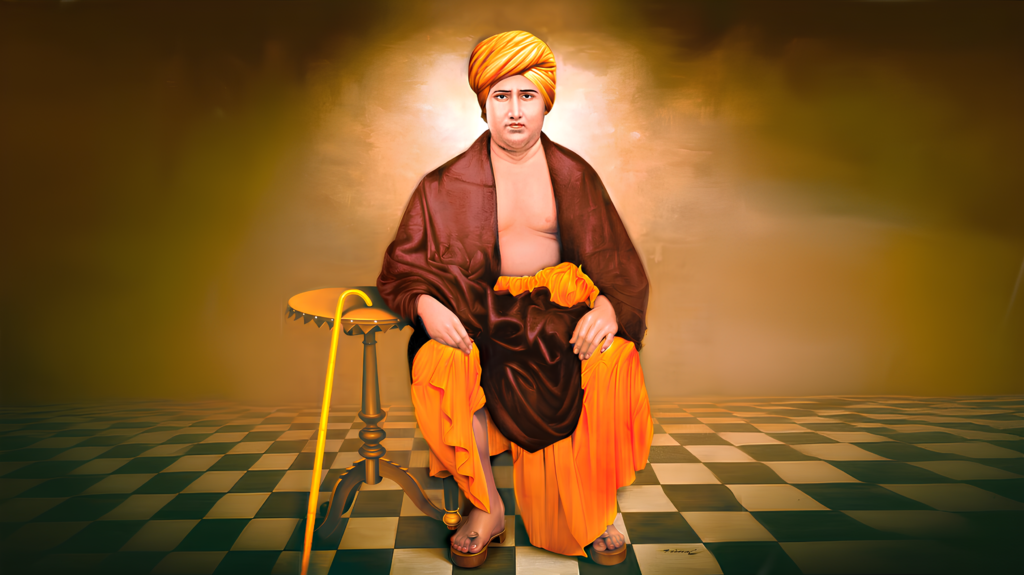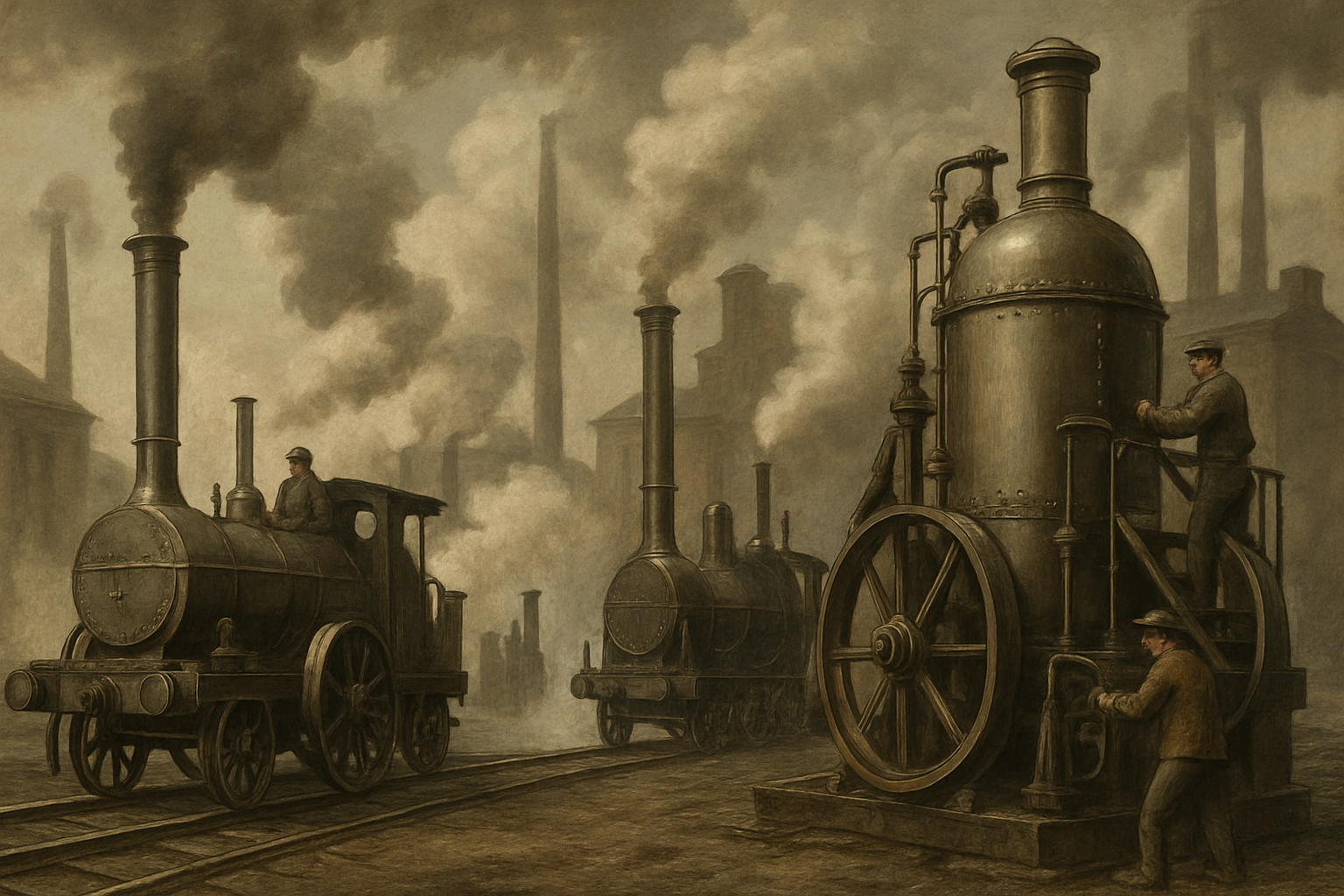How Chandragupta II Defeated the Shakas and Became a Legend
Among the most notable kings of ancient India was Chandragupta II, popularly called Vikramaditya. His reign, from around 380 to 412 CE, marked a golden age for the Gupta Empire, a period that saw remarkable achievements in art, culture, science, and political power. Often referred to as Param Bhagwat, a title that underscores his divine and god-like stature, Chandragupta II’s leadership was instrumental in consolidating the Gupta Empire’s position as a dominant force in the Indian subcontinent. His reign is celebrated not just for its political victories but for its intellectual and cultural flourishing.
The Rise to Power
Chandragupta II inherited the throne from his father, Samudragupta, one of the greatest military rulers in Indian history. Samudragupta’s conquests had expanded the empire across much of northern and central India, but it was under Chandragupta II that the Gupta Empire truly reached its zenith. He had inherited a strong and stable kingdom, and his military prowess, combined with diplomatic acumen, helped further secure the empire’s boundaries and expand its influence.
The Victory Over the Shakas
One of the defining moments of Chandragupta II’s reign was his victory over the Shakas, a powerful nomadic tribe that had settled in the western regions of India. The vast areas of modern-day Gujarat, Maharashtra, and Rajasthan were ruled by the Shakas, also called the Sakas.Their power was a major obstacle to the Gupta Empire’s expansion westward.
Chandragupta II’s most significant military achievement was the defeat of Rudrasimha II, the Shaka ruler. This victory not only secured the western frontiers of the Gupta Empire but also allowed Chandragupta to establish his control over the lucrative trade routes that passed through the region. The conquest of the Shakas was not merely a military success; it had far-reaching economic implications. The empire gained access to important ports on the western coast, which were vital for trade with the Roman Empire and other parts of Asia.
After this victory, Chandragupta II assumed the title Vikramaditya, meaning “the Sun of Power” or “the One with the Strength of the Sun.” This title reflected his military success and his growing reputation as a ruler of unparalleled strength and vision. The addition of the title also indicated his self-perception as a protector of dharma (righteousness), and perhaps even a champion of the traditional Aryan values in the face of foreign threats.
Cultural Flourishing Under Chandragupta II
The era of Chandragupta II is often regarded as the peak of the Gupta Empire’s cultural renaissance. The period witnessed unparalleled developments in literature, art, science, and philosophy, leading some historians to call it the “Golden Age” of ancient India. Chandragupta II was a patron of the arts and learning, and he created an environment where scholars, poets, and artists flourished.
The renowned court of Chandragupta II became a center of intellectual activity. Among the most notable figures of his court was the great poet Kalidasa, whose literary masterpieces, including Shakuntala and Meghaduta, are considered among the finest works in classical Sanskrit literature. Kalidasa’s presence at the Gupta court underscores the vibrant cultural life that Chandragupta II promoted.
Other scholars of the period included the mathematician and astronomer Aryabhata, whose groundbreaking work in mathematics and astronomy would go on to influence the course of science in India and beyond. It is during this period that Indian science and mathematics reached new heights, with significant advancements in algebra, geometry, and the concept of zero.
Chandragupta II’s reign also saw the development of fine arts, including sculpture, painting, and architecture. The famous Ajanta caves, with their exquisite frescoes and sculptures, were either created or heavily expanded during his time. These artworks not only depicted religious themes but also illustrated the daily lives and customs of the people, giving us valuable insights into the society of the time.
Political and Administrative Achievements
In terms of politics, Chandragupta II carried on his forefathers’ efforts to consolidate authority and fortify the Gupta Empire’s administrative framework. A member of the royal family or an appointed governor oversaw each of the provinces that made up the empire. The administrative system was sophisticated, with a well-organized bureaucracy that ensured the smooth functioning of the empire’s vast territories.
Chandragupta II became famous for his ability to negotiate. He maintained cordial relations with foreign powers, including the Romans, and there were extensive trade exchanges between the Gupta Empire and the Mediterranean world. The prosperity of the Gupta Empire was partly due to these strong commercial ties, with silk, spices, and other luxury goods flowing between India, Persia, and the Roman Empire.
Religious Tolerance and Patronage
While Chandragupta II was a devout Hindu, he was known for his religious tolerance and support for various belief systems. Hinduism, Buddhism, and Jainism all received royal patronage during his reign, reflecting the pluralistic nature of Gupta society. Temples, monasteries, and stupas were constructed across the empire, and festivals celebrating deities were held with great enthusiasm.
Chandragupta II’s Param Bhagwat title further indicates his deep connection to the divine, positioning him as a ruler who was both a political and spiritual leader. His reign is often seen as a time when the ideals of Hindu kingship were at their height, with the king viewed as the protector of dharma and the upholder of cosmic order.
10 Facts About Famous Unsolved Mysteries | Maya
Unveiling Europe’s Geography: The Highs, Lows, and Everything In Between | Maya
Decline and Legacy
The reign of Chandragupta II ended around 412 CE, and while his immediate successors continued to rule the Gupta Empire, they faced increasing challenges.The Gupta kingdom was undermined by Hun invasions in the fifth century, and the empire had mostly fallen apart by the end of the sixth century. Nonetheless, Chandragupta II’s legacy persisted in his era’s intellectual and cultural accomplishments.
The Gupta Empire under his leadership had achieved a level of cultural, intellectual, and political sophistication that would influence not only India but also the broader world. His reign is remembered as the height of classical Indian civilization, and the period continues to be a touchstone for the cultural and intellectual achievements of ancient India.
Wrapping Up
Chandragupta II, or Vikramaditya, was not just a warrior and a king, but also a patron of culture, art, and knowledge. His military victories, especially over the Shakas, expanded the Gupta Empire’s reach and wealth, while his cultural patronage laid the foundation for the golden age of ancient Indian civilization. His reign symbolizes a high point in India’s history, where intellectual achievement, cultural expression, and political power converged, leaving a lasting impact on the subcontinent.



